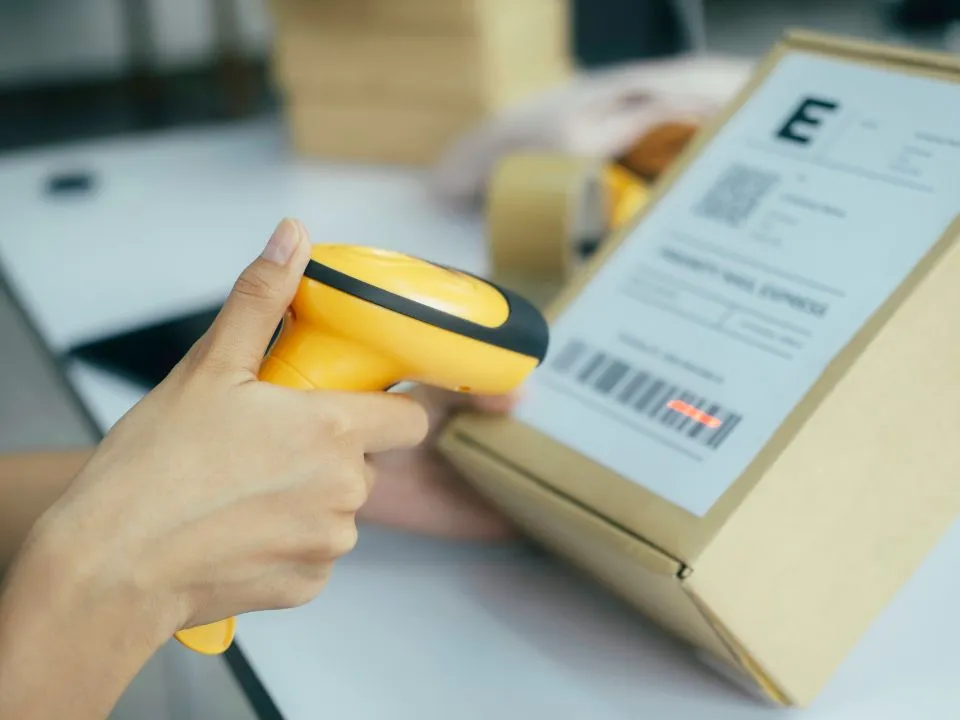RFID vs Barcode
Why should you choose an RFID tag over a barcode?
RFID tags and barcodes are both data carrying technologies that can inform the user of certain product details, however they have very different capabilities.
A barcode is a machine-readable code that visually represents data in the form of numbers and monochrome patterns either of lines or squares. It holds data that identifies the item it is adhered to which becomes known when the code is scanned by either a barcode reader, a smartphone or even a desktop printer. These barcodes can come in various shapes and sizes, yet all carry out the same job.
Radio Frequency Identification (RFID) tags are composed of a microchip and a radio antenna which store and transmit unique data to RFID readers. They use electromagnetic fields to identify and track objects. There are two forms of RFID tags, active and passive. Active tags have their own power source to broadcast their data, unlike passive tags that require energy from nearby readers to be detected.
Barcode

- They are universal as stores that own a barcode reader can process a barcode that has come from elsewhere
- They are cheaper as they are printed onto material (ink is the cost)
- Generally, barcode readers are cheaper than RFID readers
- Smartphones can also be used to read barcodes
- Barcodes are smaller and lighter than RFID tags
RFID
- RFID tags can be read from a further distance
- They don't need to be in the reader's line of sight
- The mulitple tags can be read at once, speeding up the data capture process
- They can carry larger amounts of data and run with minimal human involvement if fixed readers are set up
- They are more durable as they can be embedded into objects instead of being on the outside
- RFID tags can determine product authenticity as they are harder to forge

Disadvantages
Barcode
- Barcodes need be in the direct line of sight and within close proximity of the reader
- Easier to damage as the barcode has to be exposed to be scanned
- Contain very small amounts of data
- Have to be scanned individually
- Easier to forge which increases counterfeiting
RFID
- RFID tags cost more than barcode labels do, but in the long run their durability and data capacity is a lot more valuable
- More experience and technological knowledge is needed to ensure the required read rates are achieved
- RFID signals can be obscured by fluids or metal which would impact the accuracy of readings

